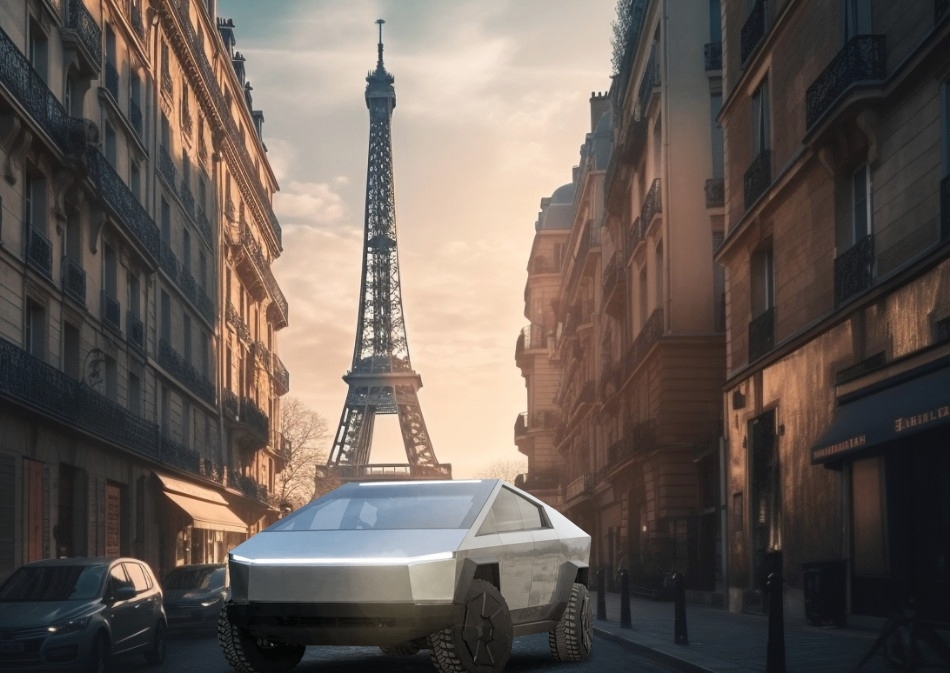
The Complex Journey of Introducing Tesla's Cybertruck to Europe
Regulatory Hurdles and Criticisms Surrounding the Arrival of the American Pick-Up
FEATURED Electric Vehicles December 11, 2023 Reading time: 2 Minute(s)
The Tesla Cybertruck, a revolutionary pick-up in the American automotive landscape, is encountering substantial obstacles as it attempts to make its mark on European roads. From its distinctive design to concerns about safety and compliance, the journey of this electric giant across the Atlantic seems like a formidable mission.
A Striking Departure from Norms
From the outset, the Cybertruck defies convention. Boasting an unconventional exoskeleton, Tesla's CEO, Elon Musk, introduced a robust external "skin" designed to manage the stresses induced by movement, diverging from the traditional load-bearing body of conventional cars or the widely adopted separate chassis with a fixed bodywork.
Safety Skepticism and Structural Queries
The lack of official crash test results raises eyebrows, with tests conducted by Tesla itself, albeit at 56 km/h, falling short of the industry standards set by organizations like NCAP and Euro NCAP. Concerns about the Cybertruck's compatibility with Euro NCAP tests are heightened due to its high, flat, and angular front, which some argue appears aggressive towards pedestrians and cyclists.
The edges of the bodywork, reported as "sharp" rather than meeting the European standard of a radius of at least 3.2 mm, amplify doubts. Constructed from hard stainless steel sheets, the Cybertruck's compliance with Euro NCAP standards is further questioned, drawing expressions of concern from both Euro NCAP and ANCAP, the Australian equivalent.
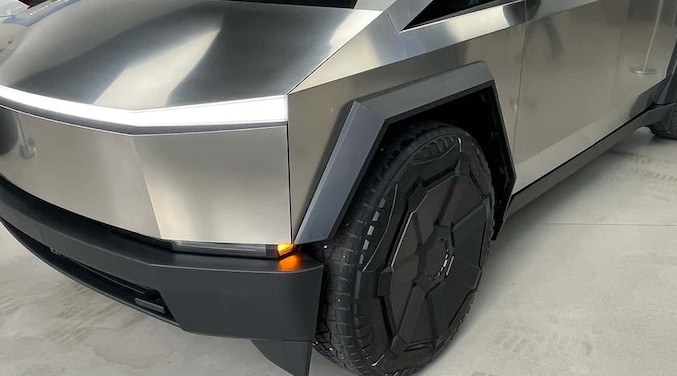
CYBERTRUCK'S SHARP DESIGN COULD BE IN CONTRAST WITH EU REGULATIONS
Weight Woes and Licensing Labyrinth
The substantial weight of the Cybertruck, reportedly over 3 tons when empty, poses a risk to other road users and raises alarms from Euro NCAP regarding safety and environmental implications. Michiel van Ratingen, Euro NCAP's secretary general, points out the potential dangers of gigantism, emphasizing the negative impact on energy efficiency and safety, particularly in collisions with smaller vehicles and vulnerable road users.
The bureaucratic hurdles intensify, as the Cybertruck, along with other electric pick-ups, surpasses the weight limit allowed by a standard driver's license. This necessitates professional licenses, adding a layer of complexity to its introduction in Europe. Furthermore, the disparity in charging ports—EU's CCS-2 Combo socket versus the Cybertruck's Tesla-NACS—adds a technical challenge that requires resolution.
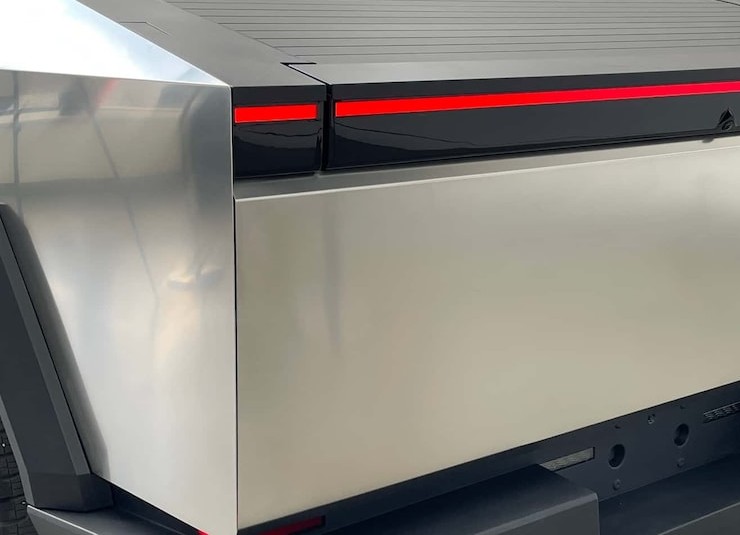
Conclusion: A Road Full of Challenges
As Tesla endeavors to bring the Cybertruck to European streets, it faces a myriad of challenges—from safety concerns to regulatory mismatches. Whether it's the sharp edges of its unconventional design or the bureaucratic complexities surrounding its weight and licensing, the journey of the Cybertruck in Europe appears to be a mission teetering on the edge of possibility. Only time will tell if Tesla can navigate these intricate roadblocks and make the Cybertruck a reality for European consumers.
COVER IMAGE BY VECSTOCK / REVIEW SPACE | ARTICLE IMAGES: TESLA
Tesla Cybertruck Electric Vehicles Elon Musk Automotive Euro NCAP Safety Standards Regulatory Compliance Vehicle Licensing RSFeatured RSNews RSMax
*Our pages may contain affiliate links. If you buy something via one of our affiliate links, Review Space may earn a commission. Thanks for your support!
CATEGORIES




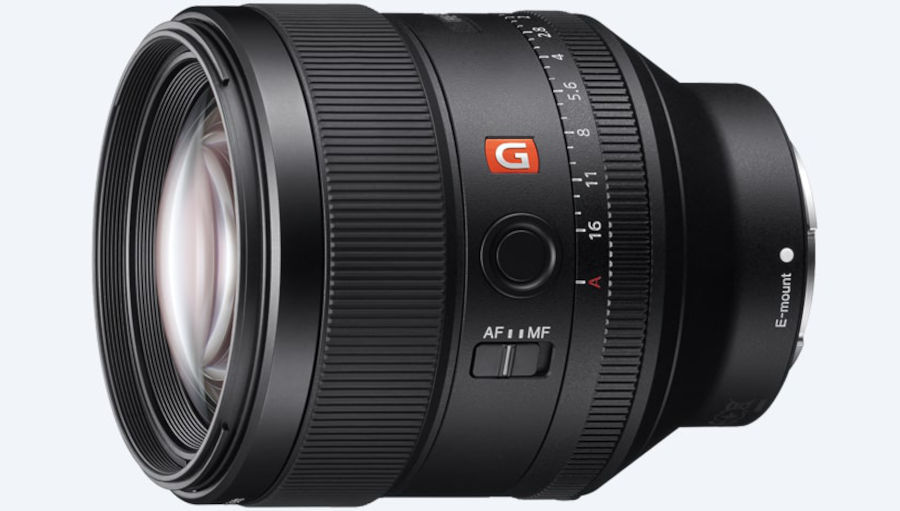















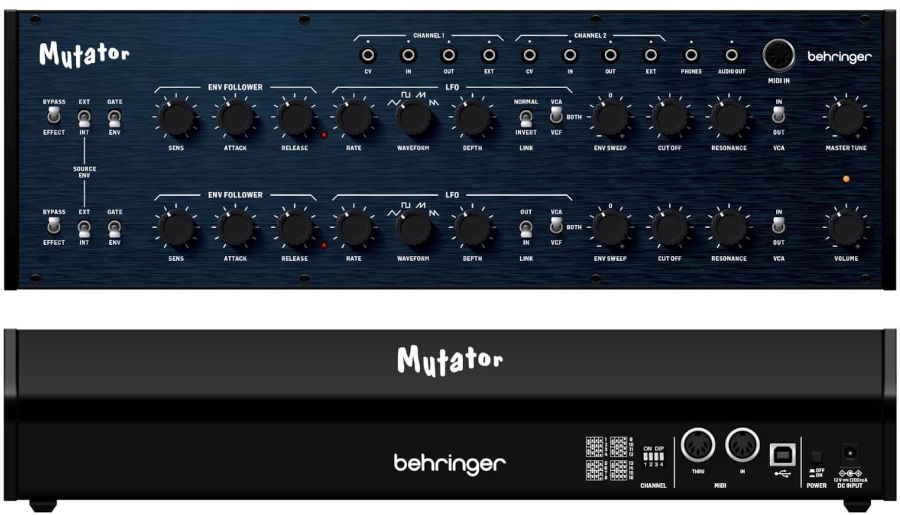
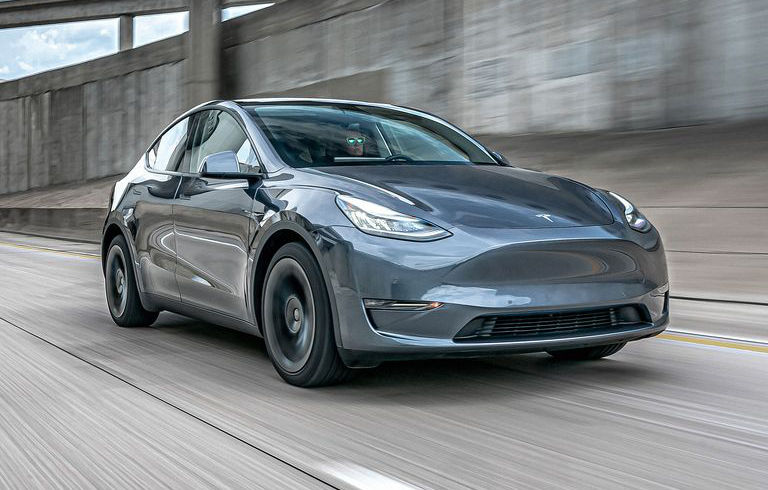



COMMENTS